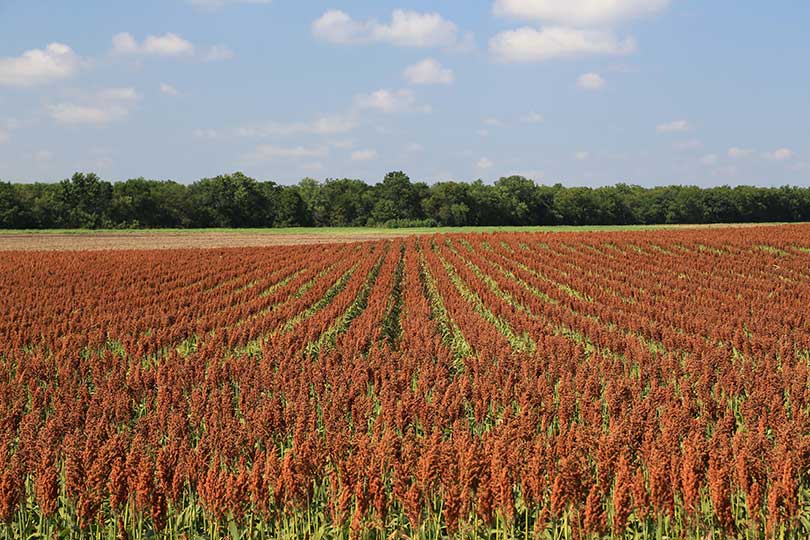Sugarcane aphids could be on the rise for grain sorghum crops due to the recent dry spell, according to Texas A&M AgriLife Extension.
Although much of the Lone Star State received rainfall over the last two weeks, farmers are still encouraged to be on the lookout for aphid infestations.
“Warm and dry conditions have made it possible to get an early start on the grain sorghum crop, especially compared to 2015, but how might this year’s conditions influence sugarcane aphid infestations?” asked Dr. Robert Bowling, an AgriLife Extension entomologist at the Texas A&M AgriLife Research and Extension Center at Corpus Christi.
Aphids will take the sap out of the plant leaves and replace with a sticky residue known as “honeydew” on the external part of the plant.
Though there are several types of grain sorghum that are considered “tolerant” to aphids, they’re not immune to the pests.
One of the most commonly known insecticides that helps fight the pests, Transform, is still under review by the U.S Environmental Protection Agency (EPA).
“Insecticide options for managing sugarcane aphids are limited,” Danielle Sekula-Ortiz, the AgriLife Extension integrated pest management agent in Weslaco, said. “But, besides Transform, there are a few other products, including Sivanto, Nufos and Lorsban, that are effective and safe to beneficial insects. We will update growers on any decision EPA makes about Transform.”
Bowling noted environmental changes could impact the severity of infestations.
“Last year’s wet conditions allowed for low populations, but we must not allow that experience to let our guard down. Instead, remember how quickly populations increased in 2014 and even late last season when conditions returned to hot and dry. But sugarcane aphids are easily managed when fields are routinely scouted and management options are implemented in a timely manner,” he said.

